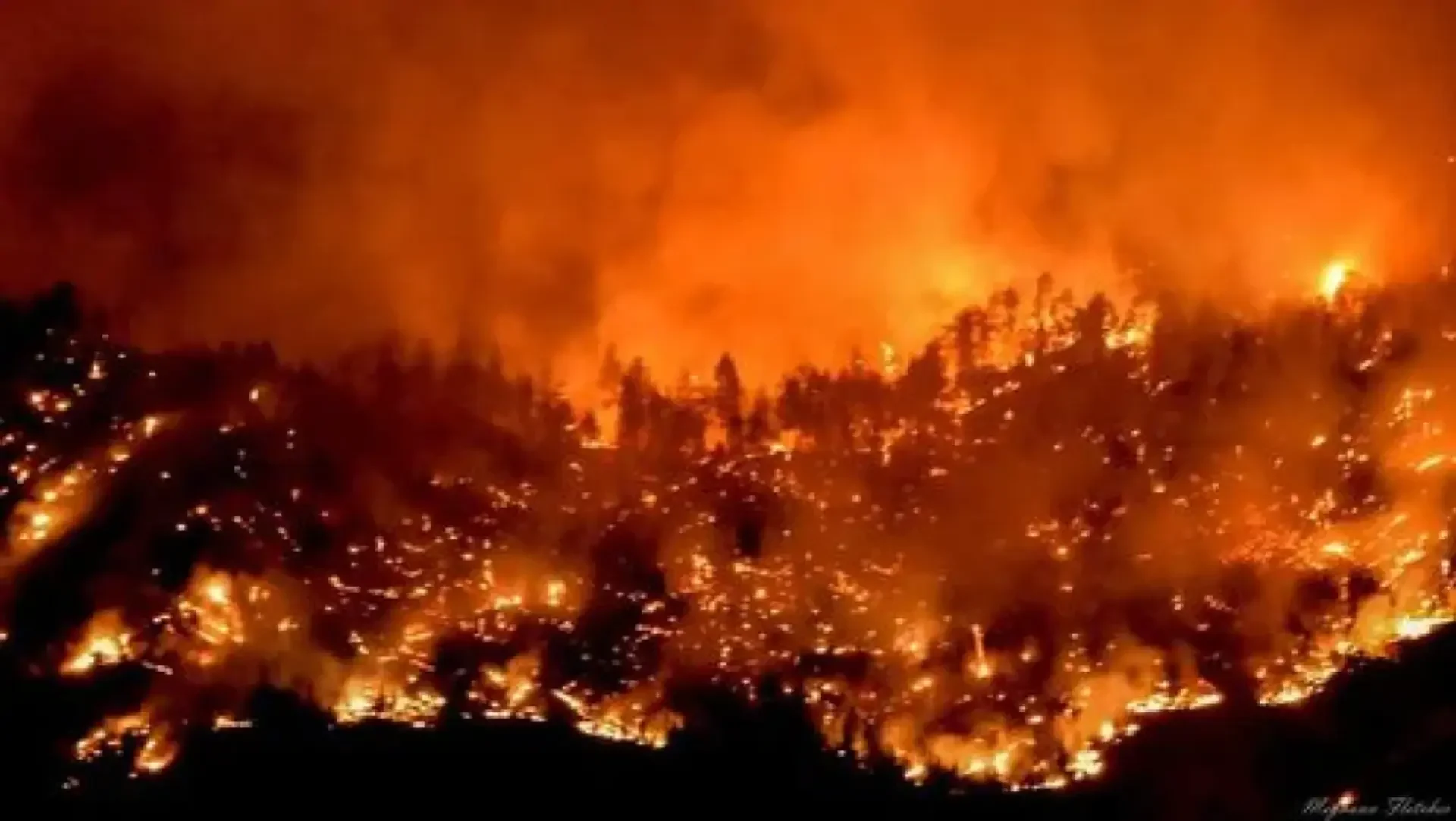
When does a wildfire finally stop burning? For some, it can be awhile
The summer season in British Columbia felt like an endless wall of smoke for many, and here we are at the beginning of November and there are fires still burning. We investigate when the fires actually finally go out. For good.
It really all began with an intense heat wave across the province of B.C. with temperatures soaring to nearly 50°C. Along the coast, the humidex was nearing 50 for places like Abbotsford. Even downtown Vancouver had a feels-like of 40.
This heatwave set the stage for what would be a very active wildfire season. The B.C. Wildfire Service has these statistics on their website that summarize the season, which began on April 1, 2021 and officially ended on September 30, 2021:
1,610 wildfires burned 868,203 hectares in B.C.
Approximately 60 per cent of wildfires in 2021 were human-caused
35 per cent were natural-caused and the remaining 5 per cent are undetermined.
Total cost of fire suppression: $565 million.
SOME FIRES OF NOTE THIS SEASON
LYTTON FIRE
The wildfire started on June 30th. Lytton was making headlines nationally, setting Canadian temperature records three days in a row, peaking 49.6°C on June 29th the previous day, the highest temperature ever recorded in Canada.
Once the fire started it spread very quickly, in a matter of minutes. Many did not have a chance to collect their belongings and two people lost their lives. The fire destroyed 90 per cent of the village of Lytton when it was all said and done.
THE WHITE ROCK LAKE FIRE
Caused by a lightning strike on July 13th, this fire went on to trigger over 2,000 property evacuation orders and evacuation alerts for the cities of Vernon, Armstrong and Chase. 70 homes were lost in Ewings landing and the Okanagan Indian Band also reported over 20 homes lost, along with one local store. The wildfire was deemed out of control for many weeks until September 10th, when the B.C. Wildfire Service stated the fire was now held and could burn through the winter.
WATCH BELOW: WALKING THROUGH THE AFTERMATH OF WHITE ROCK LAKE FIRE IN B.C.
WHAT IS THE DIFFERENCE BETWEEN BEING HELD AND UNDER CONTROL?
When a fire is being monitored by the B.C. Wildfire Service, it can be assigned various classifications. We will focus on these two:
BEING HELD
Indicates where (with the resources currently committed to the fire) sufficient suppression action has been taken that the fire is not likely to spread beyond existing or predetermined boundaries under the prevailing and forecasted conditions.
UNDER CONTROL
The fire has received sufficient suppression action to ensure no further spread of the fire.
CAN WILDFIRES STILL BURN RIGHT THROUGH THE WINTER?
The answer is yes. In fact, the Fort McMurray fire that started on May 1st, 2016 and went on to destroy more than 2,400 buildings was deemed officially out on August 2nd 2017, burning right through the intervening winter season.
How is this possible under a fresh blanket of snow through the winter months? B.C Wildfire Service Superintendent of Predictive Services Ben Boghean says that while the probability of a fire burning through the winter season is low, the potential is there.
The snow can act as an insulator, and it then really comes down to what type of soil the fire is burning on. In southern B.C., the earth is more shallow, so the risk of this happening is low, whereas the northern parts of the province have a deeper soil layer. These fires can smoulder all winter long under the snow, feeding on peat and dead vegetation and then, in the spring, interact with new fuel and continue to burn.











